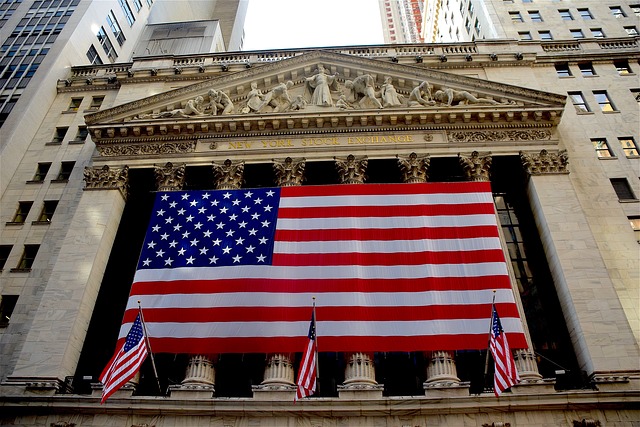U.S. bond yields nudged higher Tuesday morning as traders sold off government debt ahead of inflation data that may impact the Federal Reserve’s thinking on the path for interest rates.
What’s happening
- The yield on the 2-year Treasury TMUBMUSD02Y, 3.251% rose to 3.247% from Monday’s 3.214% level.
- The yield on the 10-year Treasury TMUBMUSD10Y, 2.785% climbed to 2.803% from 2.763% on Monday afternoon. As of Monday’s close, the 10-year yield was down 72 basis points from its cycle high touched in mid-June, but remained up 127 basis points for the year-to-date.
- The yield on the 30-year Treasury TMUBMUSD30Y, 3.004% rose to 3.028% from 2.997% as of late Monday.
What’s driving markets
Attention is fixed on the U.S. consumer price index report for July, due for release on Wednesday.
The benchmark 10-year Treasury yield has fallen sharply from its multi-year high in mid-June, partly on hopes that inflation has peaked and the Federal Reserve may not need to be as aggressive in raising interest rates as first feared.
Economists forecast that a dip in energy prices will help headline year-on-year CPI inflation fall from an almost 41-year high of 9.1% in June to 8.7% last month.
But some analysts are wary that even if this occurs, the market may quickly recognize that underlying inflation remains very stubborn.
“While we all expect the headline [year-on-year] pace to slow, core inflation will likely accelerate. Core. You know, the measure of inflation that is a ‘better representation of the underlying economy’ according to [Fed Chairman Jerome] Powell,” said Tom Porcelli, chief U.S. economist at RBC Capital Markets.
In a note, he added that “in the context of seemingly every Fed official diligently pounding the table that they need to beat up on inflation, how does the Fed justify stepping down in September with an acceleration in core (and likely a further acceleration in the report after this one thanks to unfavorable year-ago comparatives)? It strikes us that such a reaction function would be at odds with the rhetoric”.
Still, there has been some better news on inflationary pressures. The New York Federal Reserve’s monthly survey of consumer expectations for July, published at the start of the week, showed the median expectation of respondents is for inflation to drop to 6.2% in the short run and fall to a rate of 3.2% for the next three years.
“That’ll be music to the Fed’s ears, since if that trend continues then it means that the Fed may not have to be so aggressive in hiking rates, since one of their big fears is that higher inflation expectations will lead to a self-fulfilling prophecy of higher actual inflation as firms adjust prices and workers bargain for wages accordingly,” said Deutsche Bank’s Jim Reid, Henry Allen and Tim Wessel.
Markets are pricing in a 69.5% probability that the Fed will raise its benchmark interest rate by another 75 basis points to a range of 3% to 3.25% at its Sept. 20-21 meeting. The central bank is mostly expected to take its borrowing costs to a range between 3.5% and 3.75% by next March, according to fed funds futures.
Meanwhile, U.S. data released on Tuesday showed that productivity fell 4.6% in the second quarter, while labor costs were up strongly. Small-business owners’ confidence also edged up in July.

